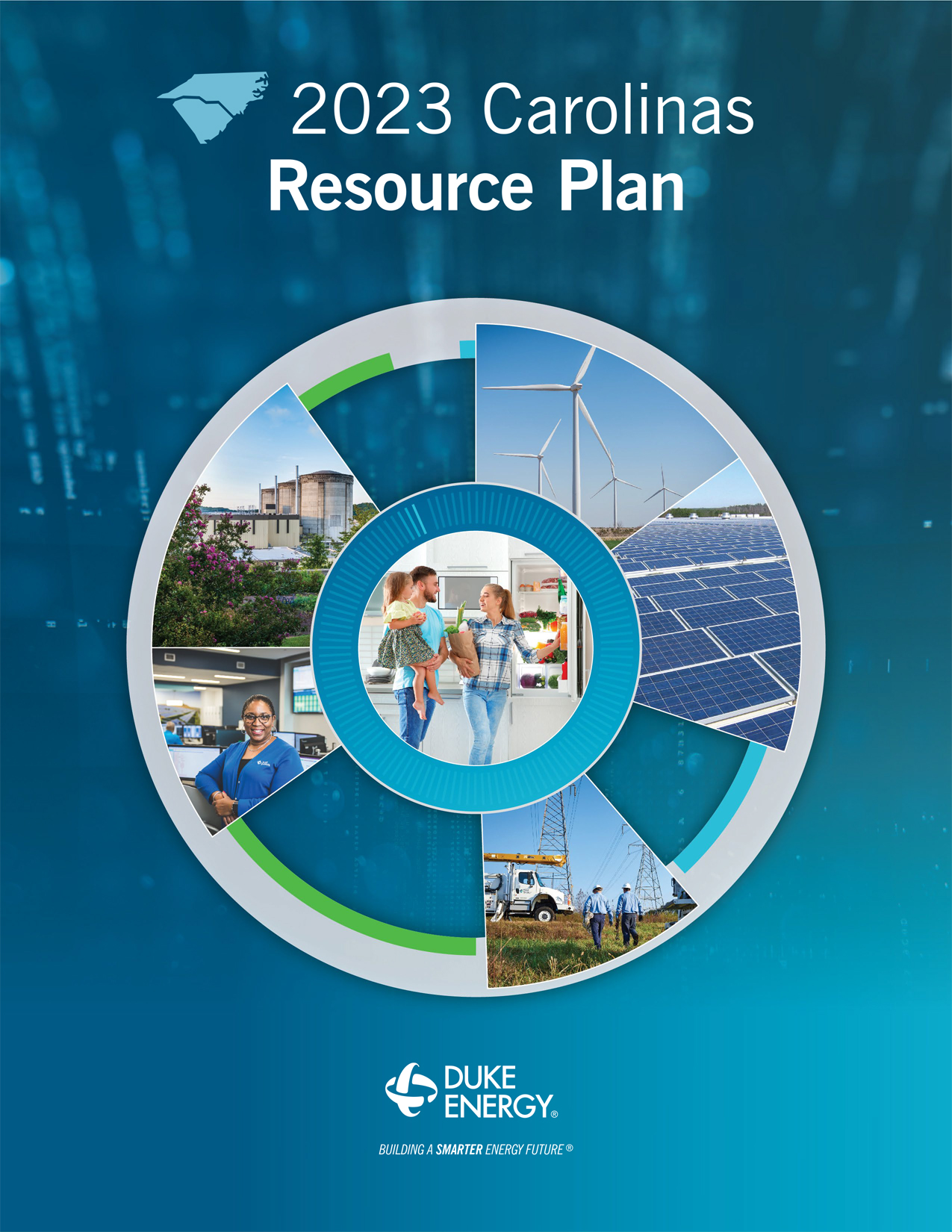A cutaway image of the BWRX-300. (Image: GE Hitachi Nuclear Energy)
The Canadian government continued advancing its small modular reactor action plan on Saturday with the approval of up to C$74 million (about $54.6 million) in federal funds for SMR development in Saskatchewan, led by the province’s main electricity provider, SaskPower.
A reactor operator at MURR works with a sample can from the reactor pool. (Photo: University of Missouri)
On April 10, the University of Missouri (MU) took its first formal step toward building NextGen MURR when school officials issued the request for qualifications for the project. The RFQ is a solicitation for interested companies to offer the design, engineering, licensing, environmental, and developmental services that are needed for NextGen MURR, planned to be larger and more capable than the school’s existing University of Missouri Research Reactor (MURR)—which itself has been the most powerful research reactor and most intense neutron source on any U.S. campus since it began operating in 1966.
Texas Gov. Greg Abbott (right) talks nuclear energy at UT-Austin on August 16. With Abbott are X-energy chief executive officer Clay Sell (left) and Dow chair and CEO Jim Fitterling. (Photo: Office of the Texas Governor)
Texas Gov. Greg Abbott sat down with X-energy chief executive officer Clay Sell and Dow chair and CEO Jim Fitterling last week for a “fireside chat” at the University of Texas–Austin on the role of nuclear energy and technology in the state.
Bruce Power and Nordion will increase Co-60 production at the Bruce nuclear power plant in Ontario. (Photo: Bruce Power)
Bruce Power, the utility in Ontario, Canada, and health-care company Nordion announced that they are working to increase the production of cobalt-60 to meet increasing world market demands. The companies said they will increase the amount of Co-60 Bruce Power is able to produce in its reactors “by innovating a new adjuster component configuration.”
Conceptual art of the Hermes low-power demonstration reactor. (Image: Kairos Power)
The Nuclear Regulatory Commission staff has completed its final environmental impact statement (FEIS) for Kairos Power’s application to build the Hermes demonstration reactor in Oak Ridge, Tenn., and is advising that the construction permit (CP) be issued.
“After weighing the environmental, economic, technical, and other benefits against environmental and other costs, and considering reasonable alternatives, the NRC staff recommends, unless safety issues mandate otherwise, that the NRC issue the CP to Kairos,” the FEIS states.
Conceptual art of USNC’s MMR, as proposed for construction on the UIUC campus. (Graphic: USNC)
It’s been almost 35 years since Illinois last added a nuclear power reactor to the grid (Braidwood-2, a pressurized water reactor operated by Constellation, reached commercial operation in October 1988). And it’s been 63 years since a research reactor reached initial criticality at the University of Illinois–Urbana-Champaign (UIUC). The university’s TRIGA Mark II started up in August 1960 and was shut down in 1998. For about 25 years, UIUC—the flagship public university in a state that generates more power from nuclear energy than any other—has lacked an operating research reactor.
A conceptual rendering showing a section view of the molten salt research reactor along with supporting systems and a simulator room for training students at Abilene Christian University. (Image: ACU)
Natura Resources of Abilene, Texas, has awarded a contract to Zachry Nuclear Engineering, which has offices in Connecticut and North Carolina, to complete the engineering and design of Natura's 1-MWt molten salt reactor (MSR). The agreement also provides terms under which Zachry may execute the engineering, procurement, and construction phase of the project. The dollar amount of the contract was not disclosed.
The Vogtle-4 reactor cavity in July. (Photo: Georgia Power)
Georgia Power has begun the process of loading fuel into the Vogtle plant’s Unit 4 reactor, the company announced yesterday, marking another pivotal milestone toward commercial operation of the second of the facility’s two new units.
DOE assistant secretary for nuclear energy Kathryn Huff and NEA director general William D. Magwood IV affirmed U.S. membership in the NEA Data Bank at DOE headquarters in Washington, D.C. (Photo: OECD NEA)
The United States has joined the OECD Nuclear Energy Agency (NEA) Data Bank, a decision that marks “a significant stride in international collaboration for nuclear energy research, safety, and knowledge exchange,” according to the August 16 NEA announcement. “As a country renowned for its scientific and technological excellence, the United States will undoubtedly enrich the Data Bank's repository of data, software, and benchmarks and enhance its role in fostering responsible nuclear development.”
The Pile Fuel Cladding Silo on the Sellafield site in West Cumbria, England. (Photo: Sellafield Ltd.)
After decades of planning and weeks of preparation and checks, the first batch of legacy waste has been retrieved from the Pile Fuel Cladding Silo at the Sellafield nuclear site in West Cumbria, England. According to Sellafield Ltd., the site license company, a state-of-the-art robotic arm was used to reach into the silo and, for the first time, remove and repackage the waste for longer-term storage.
These retrievals mark a significant achievement in progress toward the cleanup and decommissioning of one of the most hazardous buildings on the site, according to Sellafield Ltd., which made the announcement on August 16.
Watch a video about the Pile Fuel Cladding Silo and Sellafield’s waste retrieval operations here.
Concept art for the Surry Green Energy Center. (Image: Green Energy Partners)
Energy and security company IP3 has announced an agreement with Green Energy Partners (GEP), a property and project development firm, to pursue clean energy projects by establishing the Surry Green Energy Center “to implement innovative commercial plans targeting baseload and industrial energy needs in Virginia.”








 In the newly released 2023 edition of
In the newly released 2023 edition of 





